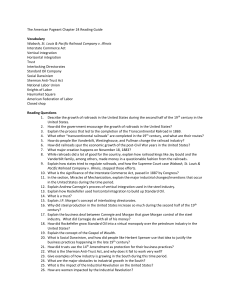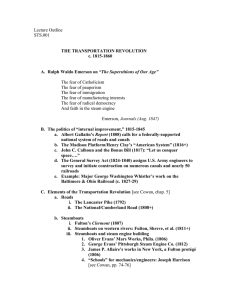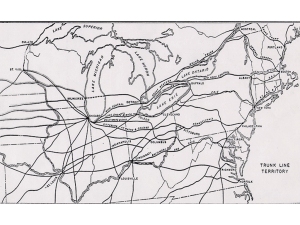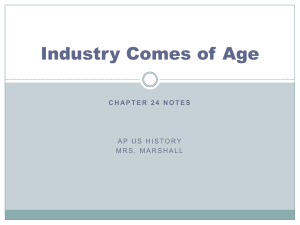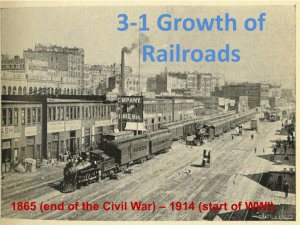CSX NaCo Rail Conference-Apr11 - National Association of Counties
advertisement
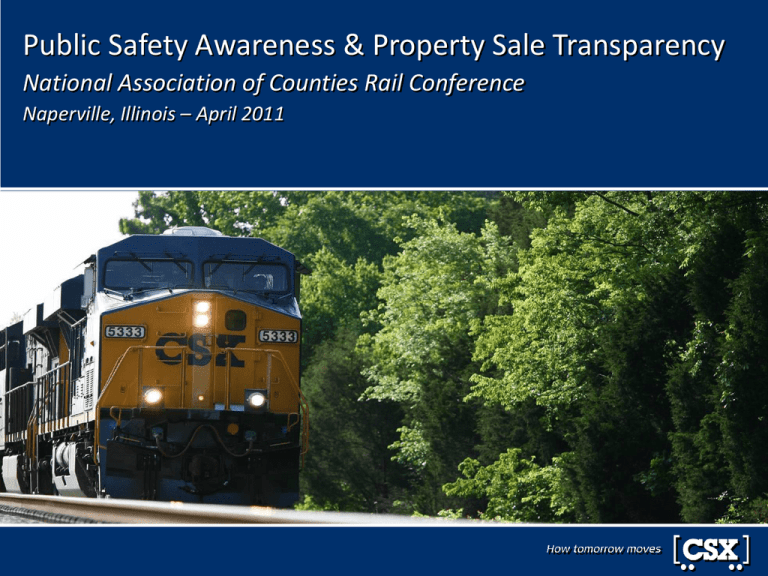
Public Safety Awareness & Property Sale Transparency National Association of Counties Rail Conference Naperville, Illinois – April 2011 Public Safety is Job #1 for Railroads Every three hours, a person or vehicle is hit by a train 2 Railroads therefore invest heavily in efforts to reduce grade crossing collisions and trespass incidents Operation Lifesaver is the Washington-based non-profit dedicated to addressing rail safety awareness In 1972, when OL was created, were over 12,000 train/motor vehicle collisions each year – by 2009, that number had declined by 84% to about 1,900 According to USDOT’s Federal Railroad Administration (FRA), people in the 18-34 age group comprise over 40 percent of all the rail-related pedestrian casualties Promoting Safety Awareness to Deter Trespassers CSX Public Safety Awareness Campaign Billboard: 3 State/Local Partnerships Drive Targeted Messages Example of Ads Placed in Washington Metro Stations 4 Launch of “Common Sense” Campaign In partnership with USDOT and major railroad companies, in July 2009 Operation Lifesaver launched “Common Sense” public awareness safety campaign to reduce train-related pedestrian deaths and injuries among this demographic Common Sense website video: http://www.commonsenseuseit.com/media/ “Where’s the Best Man” video from OL website: http://vimeo.com/18400749 5 Satellite Media Tour 26 TV Station & 40 Radio Interviews 6 Transparency in Property Sales & Zoning Communities across America have built up around railroads Presents real challenges when mixing railroad industrial use with commercial or residential Railroads getting more proactive in identifying conflicts BEFORE they occur 7 Case Study: Baltimore Baltimore is home to the oldest railroad in America – the Baltimore & Ohio (B&O) Port / industrial complex increasingly being replaced by commercial and residential – e.g. Camden Yards, Inner Harbor, etc. Railroads seeking full disclosure in property sale contracts as to railroad and industrial activities in order to address, pro-actively and preemptively, the juxtaposition of industrial, railroad and residential uses 8 Conclusion Railroads impact communities and increasingly try to address issues “head on” with creative solutions Activities around railroad tracks present inherent risks, and railroads need state/local officials’ support to encourage safety Where new commercial / industrial developments are proposed adjacent to railroad tracks, we want to be engaged 9


